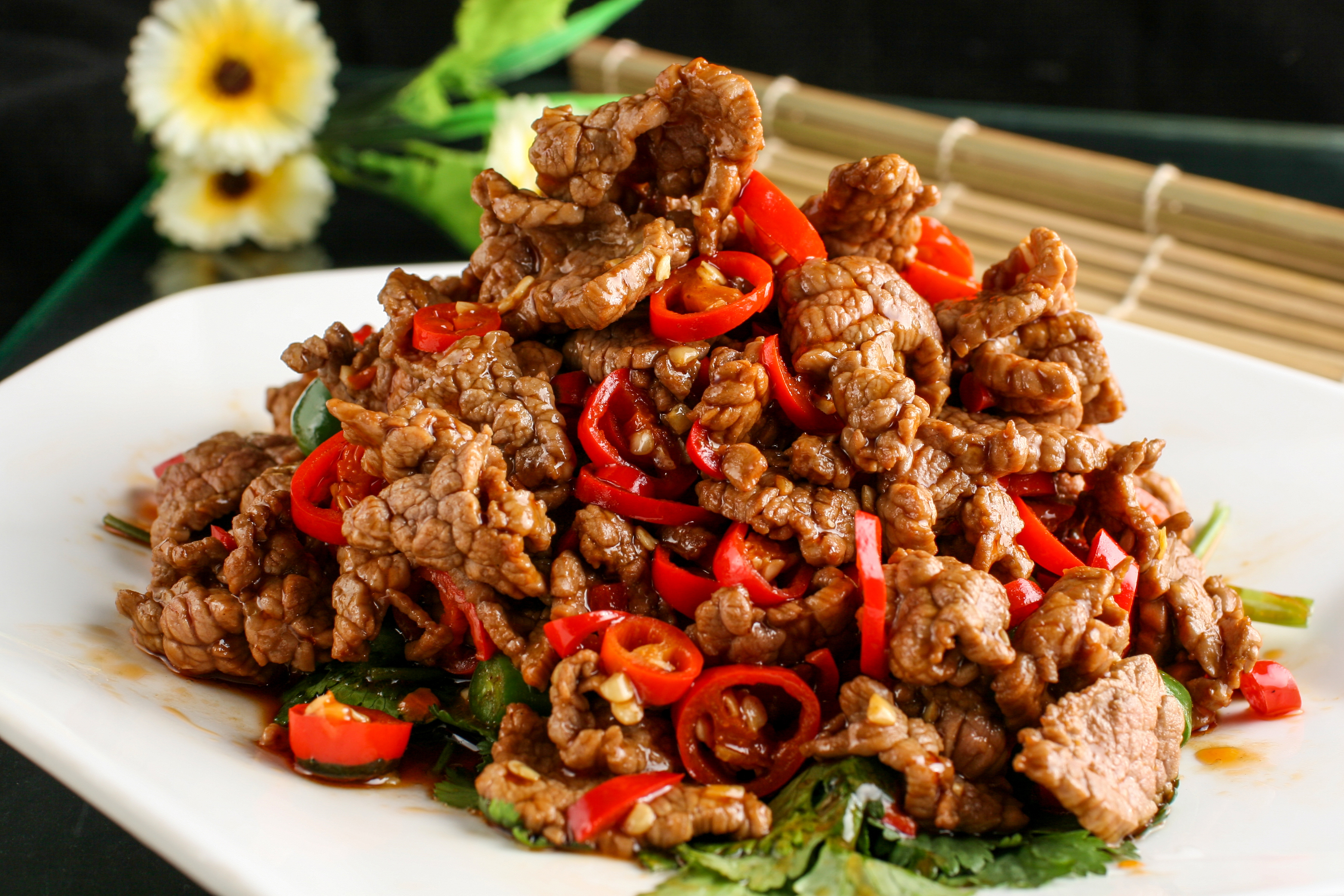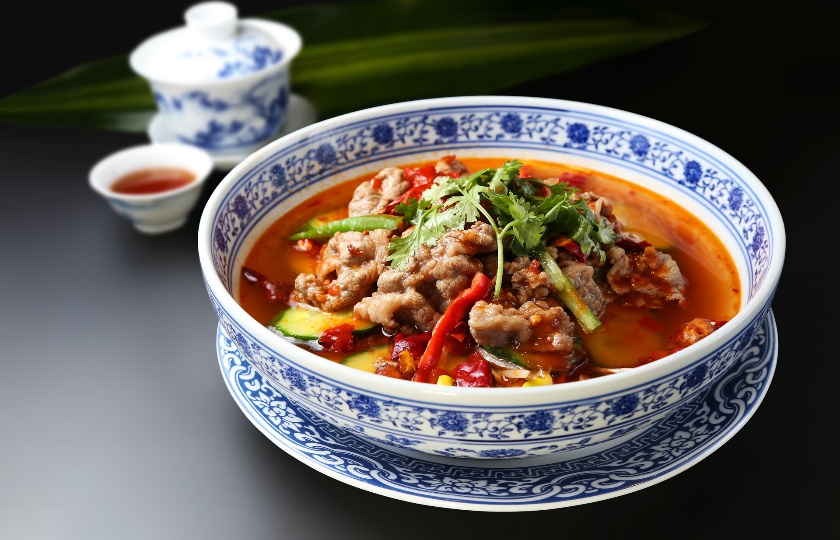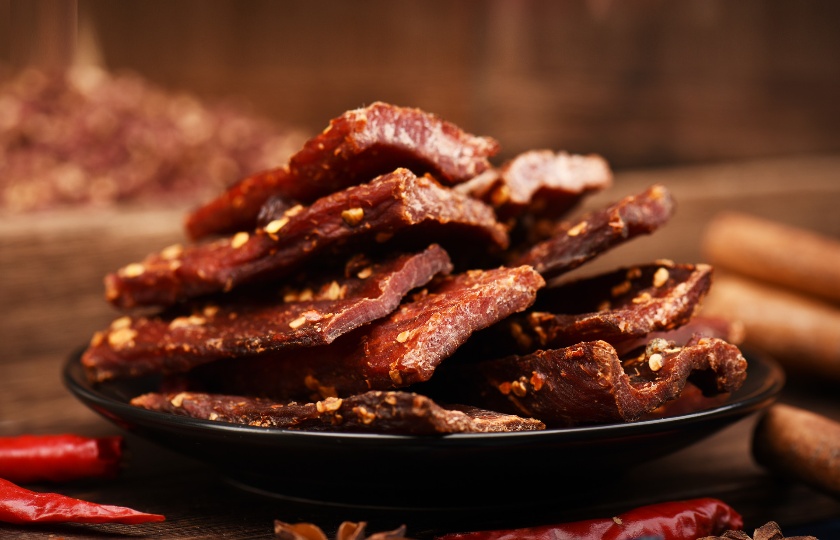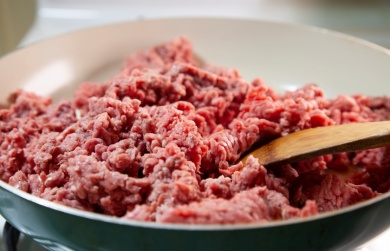Delicious and Authentic Recipe for What is Hunan Beef Made Of

Hunan beef is a classic Hunan dish. It is a spicy and delicious dish and is very popular in southern China. Do you know what Hunan beef is made of? Now let's explore this question together!
What is Hunan beef made of?
The raw material of Hunan beef is of course beef. We generally choose brisket or beef tendon to make it. Because brisket has a soft and tender taste and is also chewy. After being cooked, it has a very rich taste. Beef tendon has tender meat and distinct texture and is very suitable for stir-frying.
In addition to beef, Hunan beef also uses many ingredients. The common ones are peppers, mainly Hunan local peppers such as Erjingtiao and millet peppers, which can add spiciness and aroma to beef. Ginger and garlic are also indispensable ingredients. Both can not only remove the fishy smell but also have a strong flavor-enhancing effect. In addition, spices such as cinnamon and star anise are also indispensable. They have unique aromas and can add unique taste and flavor to Hunan beef.
In terms of seasoning, seasonings such as salt, chicken essence, monosodium glutamate, dark soy sauce, and light soy sauce are used. They mainly play a role in seasoning and enhancing freshness. At the same time, they can also play a coloring effect and make Hunan beef more appetizing.
What are the small black things in Hunan beef?
There are small granular substances in Hunan beef. Mainly consider these situations. First of all, it may be the crushed spices. As you can know from the above introduction, when making Hunan beef, we will use spices such as cinnamon and star anise. During the frying process, these spices may break. In addition, when seasoning with dark soy sauce and light soy sauce later, these crushed spices will look black. But in fact, there is no harm and it can be eaten normally.

Secondly, some recipes may add black pepper crushed to increase the flavor of Hunan beef. The color of black pepper crushed will darken during the frying process, resulting in black substances adhering to the beef. In this case, it is not food spoilage and there is no need to worry.
Finally, if it is a relatively thin black filamentous substance, it may be the fascia of beef. For example, there will be a lot of black filamentous fascia in the brisket part. It looks like a black substance in appearance. This is normal. As long as the beef itself has no spoilage phenomenon, it can be eaten normally and there is no need to worry too much.
What's the difference between Sichuan beef and Hunan beef?
Taste differences
There are differences in taste between Hunan beef and Sichuan beef. First of all, Hunan beef is mainly spicy and delicious. The spiciness is mainly brought by peppers. Because people in Hunan like to put various peppers when cooking, such as Erjingtiao and millet peppers. While Sichuan beef is mainly spicy and numbing. People in Sichuan are good at using Sichuan pepper when cooking. Sichuan pepper not only has spiciness but also produces a numbing feeling. After eating too much, you will feel numbness in the tongue and have a strong aftertaste.
Cooking method differences
In Hunan, beef is mainly stir-fried. The common practice is stir-fried yellow beef. Cut the beef into slices or shreds. After stir-frying with scallions, ginger and garlic, add a large amount of peppers and stir-fry. Use high heat throughout the process to quickly stir-fry the beef to keep it tender.
While there are many ways to cook Sichuan beef. For example, boiled beef and spiced beef are common practices of Sichuan beef. Take boiled beef as an example. After slicing the beef, cook it in spicy soup. Spread bean sprouts and green vegetables on top. Finally, pour hot oil on the beef to stimulate the aroma. Similarly, a large amount of Sichuan pepper will be added.
Ingredient combination differences
From the perspective of ingredient combinations, Hunan beef is mainly stir-fried with peppers, ginger, garlic, onions and other side dishes. While Sichuan beef is good at combining various spices, such as Sichuan pepper, star anise, cinnamon and peppers.
What's the difference between Mongolian beef and Hunan beef?
Taste differences
Hunan beef is mainly spicy and fragrant. While Mongolian beef emphasizes grassland flavor and tenderness. This is mainly because the beef in Mongolia has firm meat and not very high fat content. It only needs simple cooking methods to be delicious. The locals pursue the original flavor.

Cooking techniques
As can be seen from the above, Hunan beef is mainly stir-fried. People like to cut beef into shreds or slices and stir-fry with side dishes such as garlic, ginger and peppers. While Mongolian beef is mainly stewed and barbecued. The main method is to retain the umami of beef.
Ingredient selection
The selection of ingredients for Hunan beef is relatively flexible. People in Hunan are good at using various parts of beef to cook delicious food. For example, brisket, beef tendon, beef tenderloin, etc. The taste cooked from different parts is different. While the selection of ingredients for Mongolian beef is more particular. People generally choose high-quality grassland beef. The beef of these cows is tender, rich in high protein and has lower fat content. Compared with other beef, it has a firmer and more chewy taste.
Which is spicier, Sichuan cuisine or Hunan cuisine?
In fact, both Hunan cuisine and Sichuan cuisine are known for their spiciness. The main difference is that the spiciness levels of the two are different. First of all, the spiciness of Hunan beef is very straightforward spiciness, which is purely the taste of peppers. This is mainly because people in Hunan like to put peppers when cooking.
The spiciness of Sichuan is more layered. In addition to peppers, there is also a numbing and spicy taste. This is mainly because Sichuan is mainly numbing and spicy. People are good at adding various spices to dishes, such as Sichuan pepper, cinnamon, star anise, etc. The combination of numbing and spiciness creates a numbing and spicy feeling on the taste buds.
But as to which one is spicier, I cannot judge. Because I think both are very spicy. It mainly depends on the spiciness you can accept and your taste preference. If you like numbing and spicy taste, then you will prefer Sichuan cuisine more. If you like the spiciness of peppers, then Hunan cuisine is your favorite.
What is Hunan chili paste made of?
Peppers are an indispensable ingredient in Hunan chili paste. People in Hunan are good at using various peppers to make chili paste, such as lantern peppers, ox horn peppers, millet peppers, etc. Different peppers have different spiciness levels, but every kind of chili paste has a unique fragrance. During the production process, peppers are usually chopped or mashed to better release the fragrance and spiciness.
Edible oil is another important ingredient of chili paste. Its main function is to provide oil and help peppers and other spices better blend and release fragrance. The most commonly used oils are vegetable oils or peanut oils and other plant oils. These oils can have a wonderful chemical reaction with peppers and spices to produce a unique spicy and fragrant taste.
In addition to peppers and edible oil, the production of chili paste also needs to add various spices and seasonings, such as garlic, ginger, Sichuan pepper, star anise, cinnamon, etc. They can add rich layers and aroma to chili paste. During production, people will stir-fry or deep-fry these spices and seasonings to better release the fragrance and flavor substances.























